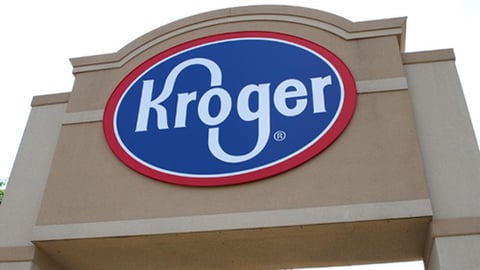An Amazon Advantage Other Retailers Can’t Replicate
Amazon is investing in the speed of its supply chain by leasing an additional 12 Boeing 767-300 aircraft ahead of next year’s opening of the Amazon Air Hub near Cincinnati.
The 12 new aircraft leased from Air Transport Services Group (ATSG) will join a fleet that has grown to 70 aircraft since its launch in August 2016. One of the new aircraft entered service in May with the remainder set for delivery next year, which is also when the central Amazon Air Hub is set to open at the Cincinnati/Northern Kentucky International Airport. Amazon broke ground on the Air Hub in May 2019 and, when fully operational, the facility is expected to employ 2,000 people.
“Amazon Air is critical to ensuring fast delivery for our customers – both in the current environment we are facing, and beyond,” said Sarah Rhoads, VP of Amazon Global Air. “During a time when so many of our customers rely on us to get what they need without leaving their homes, expanding our dedicated air network ensures we have the capacity to deliver what our customers want: great selection, low prices and fast shipping speeds.”
The combination of a fleet of 80 aircraft and a major air hub in a centralized location give Amazon a new and different type of speed advantage and more direct control over its supply chain. The new Air Hub also promises to make for more crowded skies above southern Ohio and Northern Kentucky as the massive UPS Worldport air facility is only two hours away in Louisville.
Amazon said it air fleet expansion comes at a time when people in communities across the country continue to adjust to an unprecedented time, with many relying on having the items they need delivered directly to their doorstep. Amazon Air has played a central role during the COVID-19 pandemic by transporting essential PPE supplies for Amazon associates, frontline health workers and relief organizations across the U.S., all while maintaining capacity for regular cargo operations to ensure customers continue to receive the items they need, according to a statement from the company. Now, with expanded cargo capacity to come, Amazon will continue to meet evolving demand and a growing customer base, it added.
The addition of more aircraft means planes need more places to land so other regional air hubs are in the works to expand last-mile capabilities. One such facility will open this summer at the Lakeland Linder International Airport conveniently located midway between Orlando and Tampa. A regional hub is also set to open at the San Bernardino International Airport next year providing service to the massive southern California market.
Meanwhile, Amazon last month began operations at two new gateway air facilities at Austin-Bergstrom International Airport in Austin, Texas, and Luis Muñoz Marín International Airport in San Juan, Puerto Rico. There are now 20 gateway facilities at U.S. airports nationwide which Amazon describes as having dedicated parking spots at an airport in order to facilitate below-wing operations. This includes the offloading of packages onto the ramp in order to continue to final mile delivery and making two-day shipping possible almost anywhere in the U.S.
Seattle-based Amazon is No. 2 on The PG 100, Progressive Grocer's 2020 list of the top food retailers in North America.






